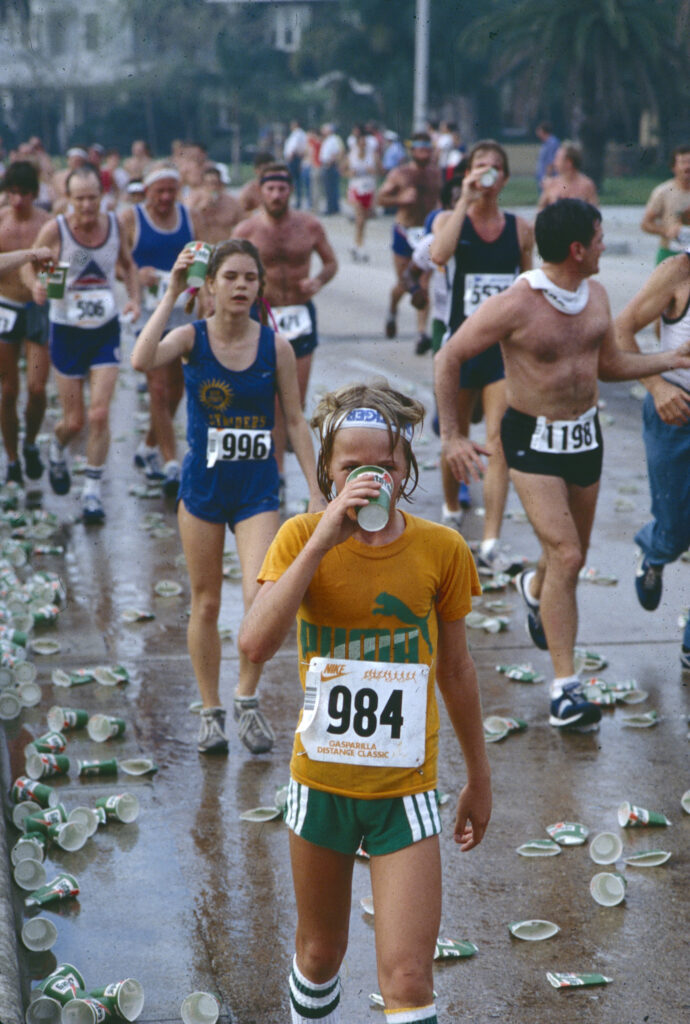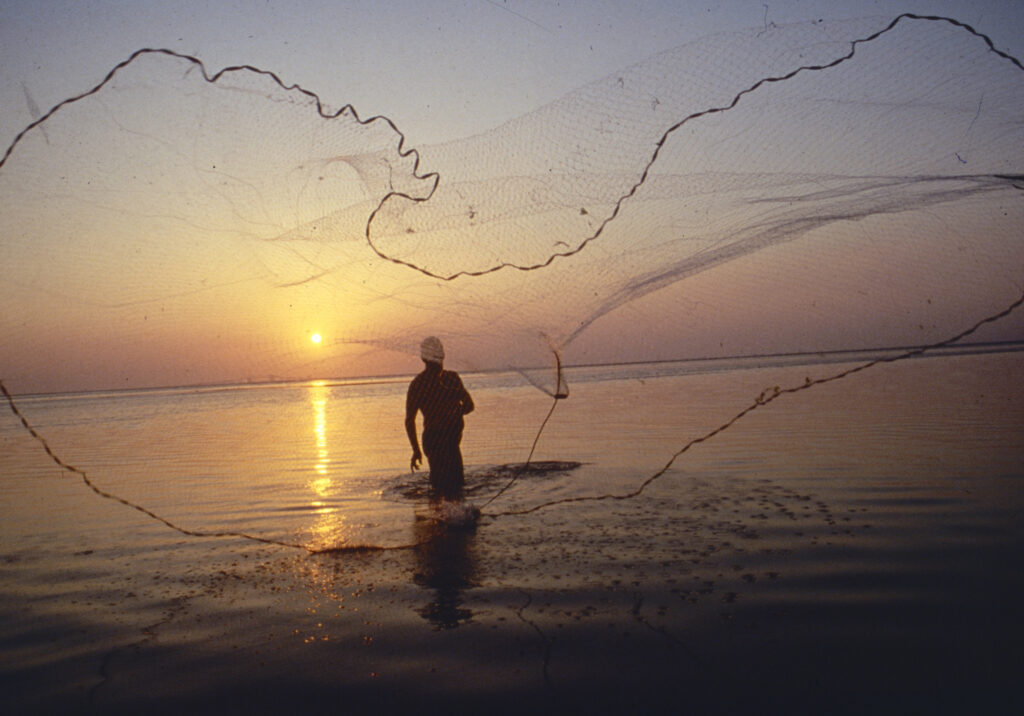
When a trio of flamingos landed at the Naval Air Station Key West in 2015, managers sprung into action, chasing the big birds away from their airfields to avoid collisions that could be disastrous for both the planes and the birds.
There wasn’t any reason not to chase them off because they were considered non-native birds that didn’t deserve protection. Jerry Lorenz, Audubon Florida’s longtime expert on nesting birds in the Florida Keys, wasn’t so sure about that status, but also wasn’t sure how to prove that birds that had seldom been seen in South Florida weren’t escapees from local zoos or visitors from nearby islands.
Luckily for Lorenz – and the birds — Audubon had donated decades worth of documents to the University of South Florida (USF) Library Special Collections where they have been being digitized. “It was a total shot in the dark,” Lorenz said. But he found it: a 1937 letter and first-hand account of nesting flamingoes on Sugarloaf Key in 1903. That report hadn’t made it into the ornithological record, and it would have taken weeks for Lorenz to find the document if he’d had to search through multiple boxes of fragile paper records.

“The flamingo story just shows how important that one little piece of information can be,” says Andy Huse, the USF librarian who drove to the Everglades Science Center in Tavernier to pick up Audubon records dating back to the early 1900s. “It also shows that every time something gets scanned, it becomes more powerful than it was before because people can keyword search and find things in ways they never could.”
That information is freely available to anyone in the world, whether they’ve ever been to USF or not, he adds. “Even if you’re in Bora Bora, you can still download those documents. Everything we put up is there for everybody – there are no paywalls and there never will be because we’re really proud of that open access.”
For USF, it’s a million-dollar initiative with funds budgeted to expand the collection and support an expanded staff, including scientists who can help contextualize the documents. The goal is to create a unique combination of open-access resources with a team of dedicated experts who can promote knowledge and awareness of the environmental concerns that have become the most decisive and pressing issues in the world.
Although it already hosts a wide-ranging selection of material, the USF Special Collections continues to grow. Its latest initiative is digitizing more than 80,000 images taken by renowned photographer George “Skip” Gandy between 1965 and 2010, including thousands of aerial photographs that documented the development – and concurrent environmental damage – in Tampa Bay and Southwest Florida. They’ve raised funds to cover the $41,300 cost of digitizing the collection, thanks in part to the Tampa Bay Estuary Program.

“Skip was the ‘go-to’ photographer for developers because they knew he was the best, but he also had a ‘hall of shame’ in his shop on Davis Islands that featured the latest environmental disasters, from the 1993 oil spill, to plumes of smoke above a power plant on the bay, to trails of sediment washing down a creek from a rock quarry.”
Huse hopes that digitizing those images will create an easily available resource like the 20,000-image Burgert Brothers collection that creates a photographic record of Tampa Bay from the late 1800s to the early 1960s.
Other photographic collections include:
- The Dr. John C. Ogden Collection covering three decades of research materials, including underwater images and field notes, that document the decline of coral reefs, seagrasses and mangrove habitats throughout the Caribbean.
- The Garald Parker Collection from the scientist known as the “Father of Florida groundwater hydrogeology” for his discovery of the Biscayne and Floridan aquifers.
- The C-IMAGE (Center for Integrated Modeling and Analysis of Gulf Ecosystems) collection covering a decade’s worth of fieldwork on the effects of oil spills in the Gulf of Mexico.
- Along with historical records from Florida Audubon and the Florida Ornithological Society, the library will host the Breeding Bird Atlas II, in both an interactive digital format and as a printable document when it is complete later this year.
The vast collections also include the personal papers of environmental activists who helped turn the tide on the destruction of Tampa Bay, including Jan Platt, Robin Lewis, and Sally Thompson, as well as the oral histories from the leaders of the Tampa Bay Estuary Program and the Jan Platt Environmental Lands Acquisition and Protection Program (ELAPP) that’s protected more than 63,000 acres of lands in Hillsborough County.
“This is a Florida story but it’s also an international story because Florida is a bellwether for all different parts of the world,” Huse said. “When you couple the oral history collections (including the Tampa Bay series and a new series from Audubon) with the archival data, there’s a lot of synergy and it’s much more powerful than either one of them would have been on their own.”
